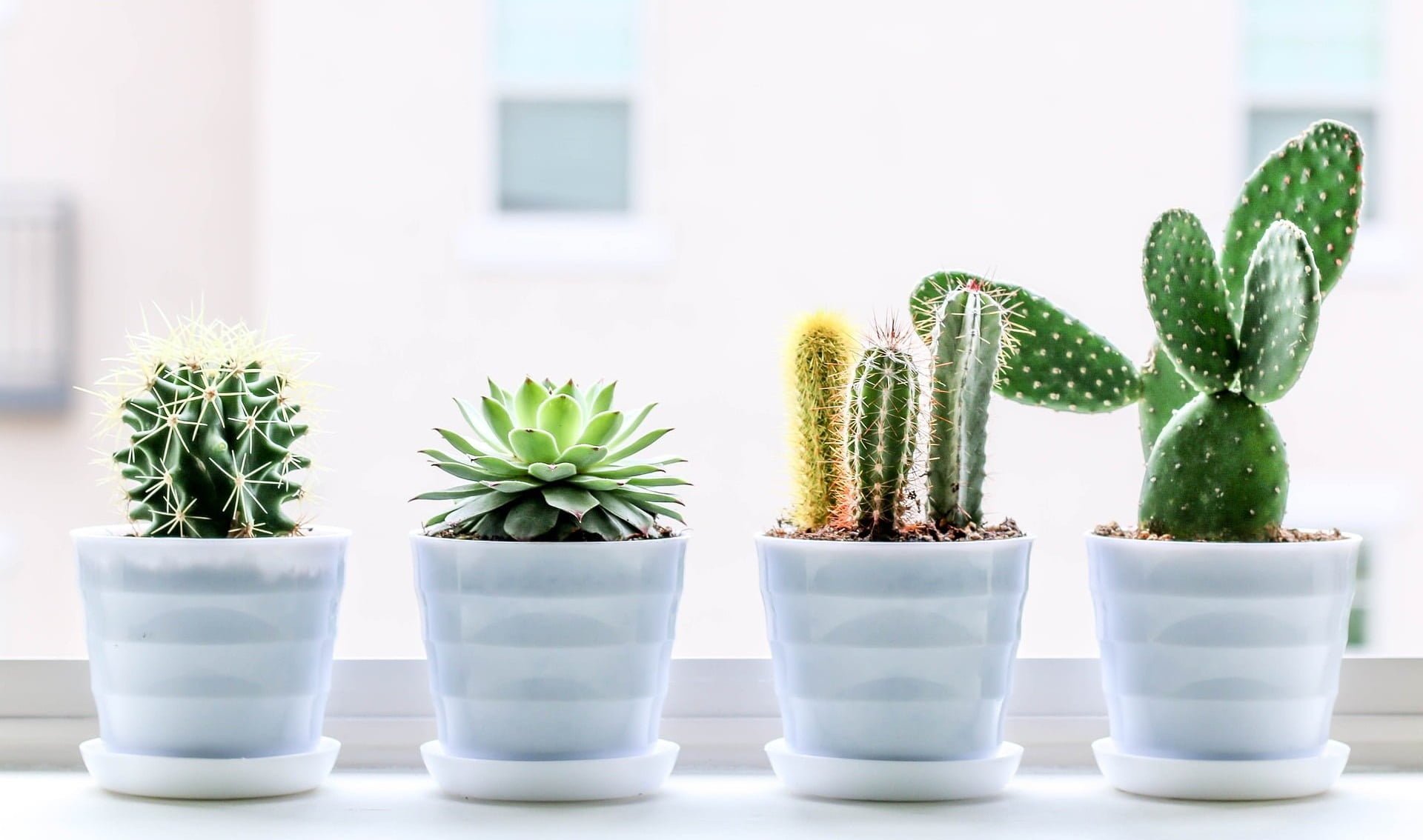Cactus and succulent is generally low maintenance, but you might need a few care tips because sometimes it could get a bit tricky.
For the past years, cacti and succulents have become a popular houseplant choice. They’ve been available on every bazaar that pops up around the corner. What makes it more fun is that they come in a wide range of shapes and sizes. So not all of them are the same. If you want the best results, take note that each plant has its individual needs.
As a beginner, it’s important to understand that you need to know how to care deeply for your cactus and succulent friends.
For example, if you overwater them frequently, they may end up in a bad condition and worse they may start to rot. Some root rot may also be caused by bacteria or fungus instead, keep this in mind so you are open for those possibilities.
Keeping them in the right conditions will see them thrive and survive for decades.
Fun fact, all cactus (like Mammillaria, Gymnocalycium, and Parodia) bloom beautiful flowers. So if you want to see those prominent blooms, it’s best to learn how to keep them in good shape.
Main Difference Of Cactus and Succulent
People often misunderstand the term succulent and cactus, and use them in a sentence in a wrong way. Clearly, understanding the relationship between the two will help proper identification.
Definition: Succulent
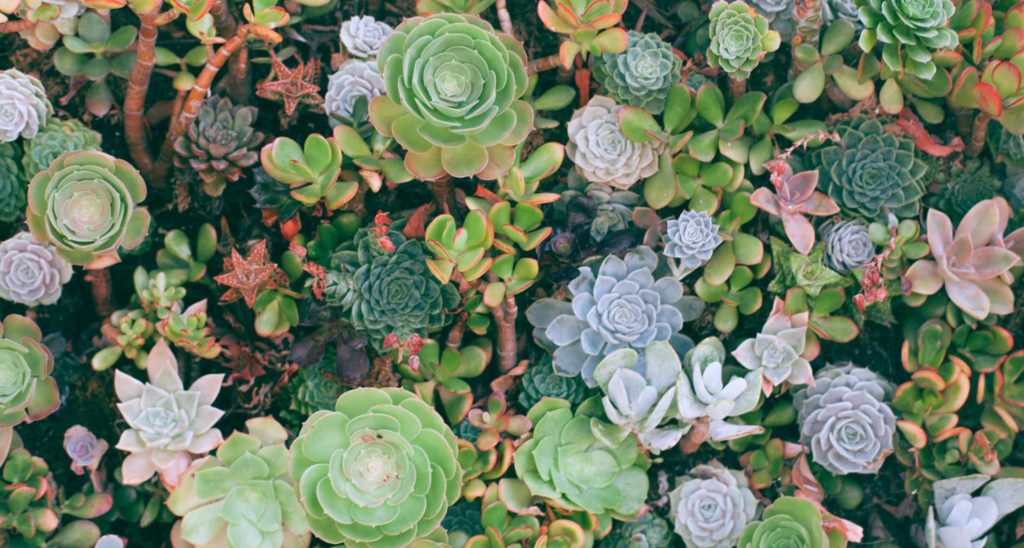
A succulent is a plant that stores water in their roots, stems, and juicy leaves, in order to withstand drought or less severe weather conditions. They somehow protect themselves with a coating on their body to prevent fluid loss. In addition, succulent is much plumpy and looks like it stores more water than cactus.
Succulent stores water in their thick fleshy leaves, stem and root system.
Definition: Cactus
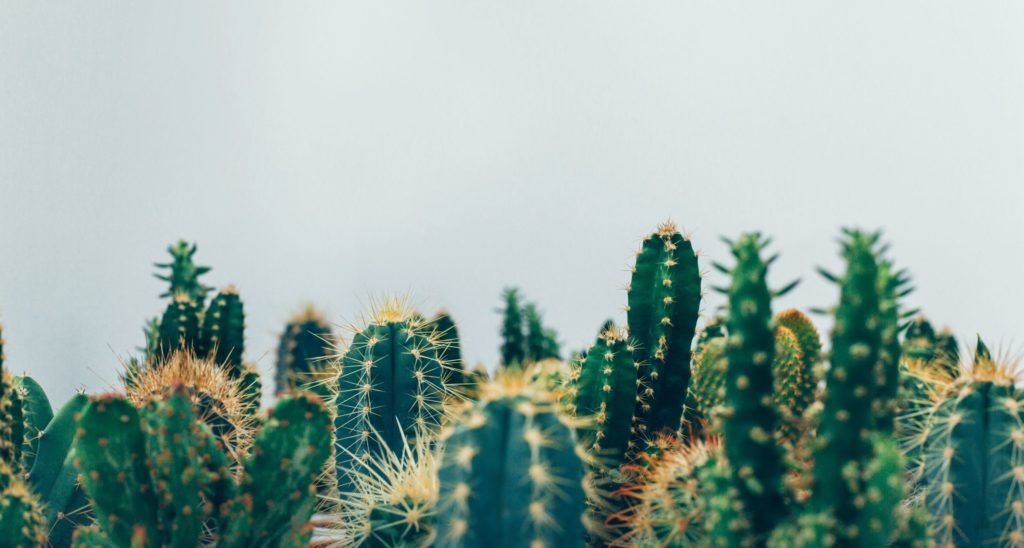
Cactus on the other hand is a plant that can withstand extreme weather and temperature better than succulent.
Don’t be that shocked here, okay? Be that as I compare cactus and succulent, did you know that all cactus is a succulent? That is because cactus also store water in their body, making them part of the group.
But in distinguishing them better, cactus is a much extreme plant than succulent. In addition, cactus looks more spiky than plumpy, although they both store almost the same amount of water in their bodies.
Cactus stores water in stems and for some kinds in the root system. Cactus also lacks leaves except for the genus Pereskia.
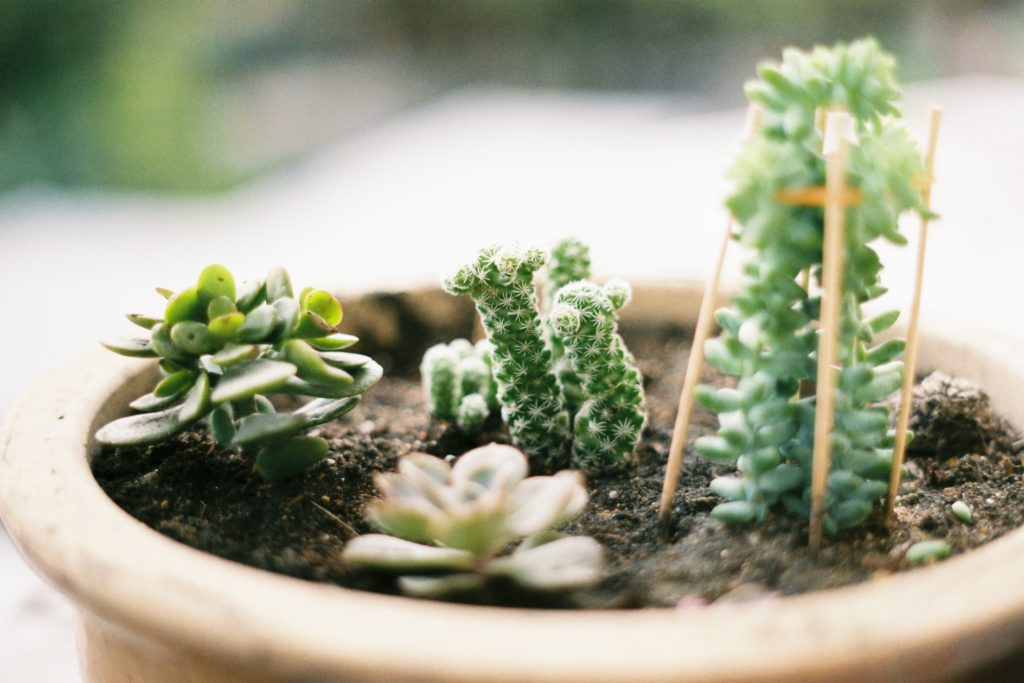
Cactus and Succulent Care Tips
With that said, it’s a known fact that the natural habitat of most cactus and succulent is in the desert. Therefore, they thrive in a place where there are lots of suns and good drainage will make them grow fast and big.
But this doesn’t apply to everyone in this plant family. For some species, they prefer less sun and humid conditions while others prefer extremities.
Nevertheless, it is important to properly identify our plants. And, this leads us to the first thing on our care tips list.
Be familiar with your plant.
Most people skip this step but, you see, this is the ideal thing to do after – or even before – having your plant. Most plants that’s available on the store have an identification tag on them.
If there’s none, take your time to have a chat with the seller. Of course, you are more welcome to ask a few questions like beginner recommendations and tips on how to make your plant happy every day.
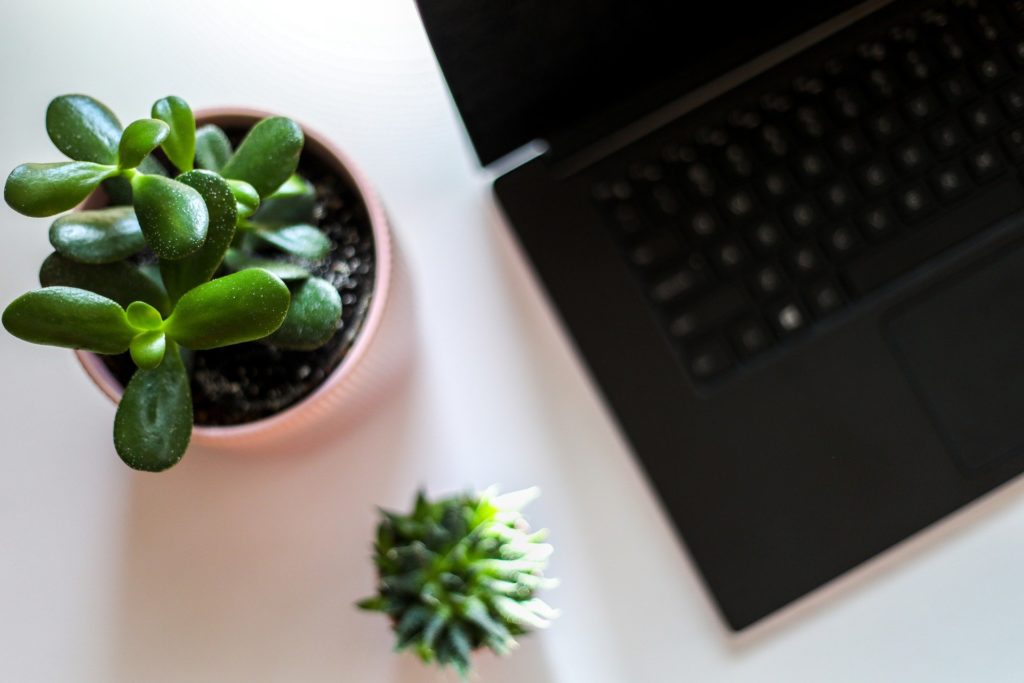
On the other hand, if the cacti you have is given to you as a gift, don’t you want to take a good care of it? Researching about your plant sets you on track.
With today’s technology and freedom of information, it is easier to look up different cacti and succulent species online. There are even apps that help you identify plants just by taking a picture.
When I was just starting my fascination with cacti, it became a habit of mine to search for scientific names and origins of cacti and succulents that I have. Eventually, I stumbled upon LLIFLE, an online plant encyclopedia, and found it really helpful. They even have a separate section for cactus and succulent that help me build this care tips article.
Consequently, you may get a bit overwhelmed with all the information you learned, especially for beginners. Don’t forget to take notes or screenshots for future reference. After grasping enough information about your spiky little friend, it’s time to act.
Know the ‘basics.’
So you’re now a plant parent! Ye~y! What’s next?
After getting familiar with your beloved plant, it’s time to put your knowledge to test. Both flourish in the same conditions and rarely need water. SO here are the BASICS to make your spiky and plump friend a bit happier every day.
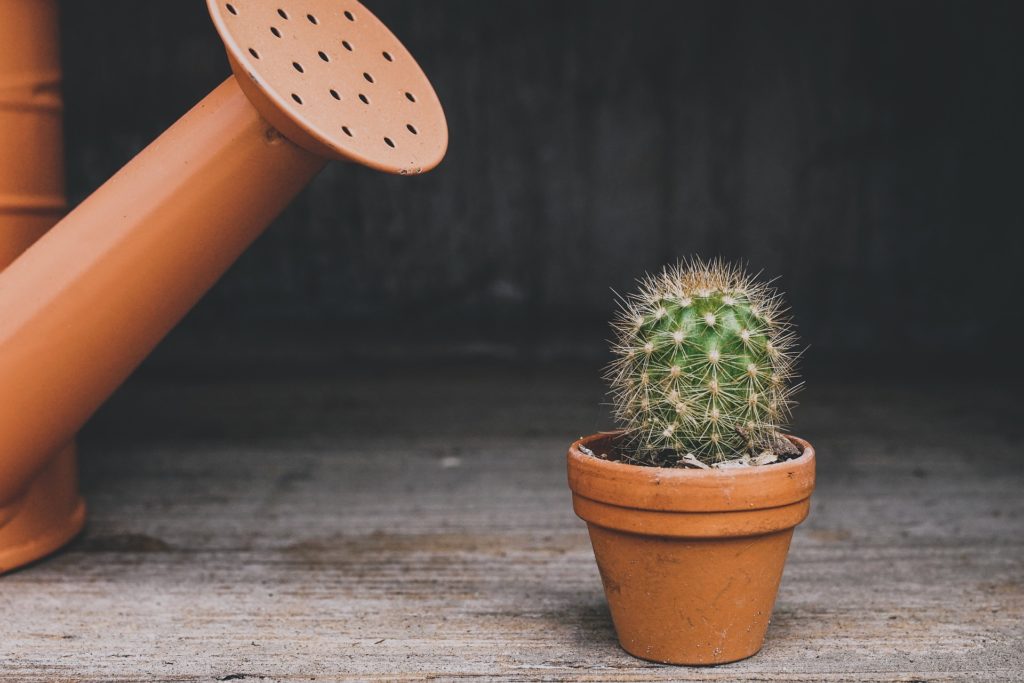
Basic 1: Water
I know, you are very fond of your new plant but PLEASE please stop watering it all the time. This is the most common mistake done by most people.
More specifically, cactus and succulent rarely need the service of your trusted watering can. They store water on their plump bodies so no worries, they can get by even after a week of no watering.
It’s true, these plants are tough. They could survive with little water, but they will not thrive. Well, cacti experience growth during the warmer seasons, so you might need to water them regularly at that time. Once a week is an ideal routine. If days become too hot, twice a week is okay as long as you’ve got your plants on a gritty potting mix and good drainage.
By the time the season’s colder, most of these plants go dormant. They stop growing when temperatures and daylight drop. Increase intervals between watering as your plants go to dormancy. Let the potting mix dry out before watering again.
Watering also relies on your plant’s location. You may need to water it regularly if it is outside in direct sunlight. On the contrary, less watering if it’s inside.
Between waterings, make it a habit to check on your plants. Is the soil dry already? Or is it still wet? Simply push a finger into the soil and you’ll know it. If you don’t wanna get your hands dirty, insert a bbq stick.
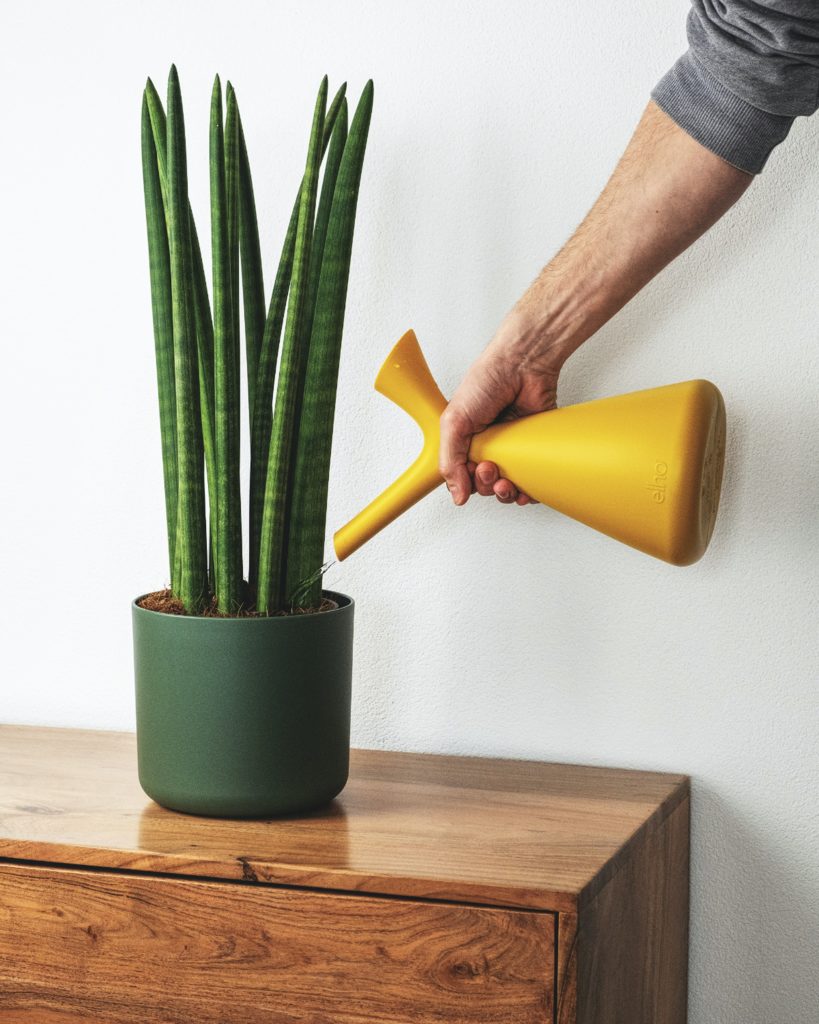
When watering, refrain from using spray bottles. Use a long-necked watering can instead, or anything close to one, and apply water on soil level. It is important for the water to run out of the pot. Cacti and succulents do not like their roots sitting in water for a long time. Remember, keep the water off the body of your plant.
You could also try bottom watering. It is an effective way for most plants who don’t like getting their body and leaves wet, like cacti and succulents. Look for a container large enough to fit the plants that you would like to soak. Fill it halfway, then you may leave it alone. After 10 minutes, check if it absorbed enough water. The surface should be visibly wet. If still dry, you may want to leave it for another 20 minutes. Though make sure to remove any excess water.
Additionally, if you happen to live in a place where there’s a wet season, try to collect rainwater if your plants are indoors. Rainwater is much better for most plants compared to tap water. Your plants will thank you in the long run.
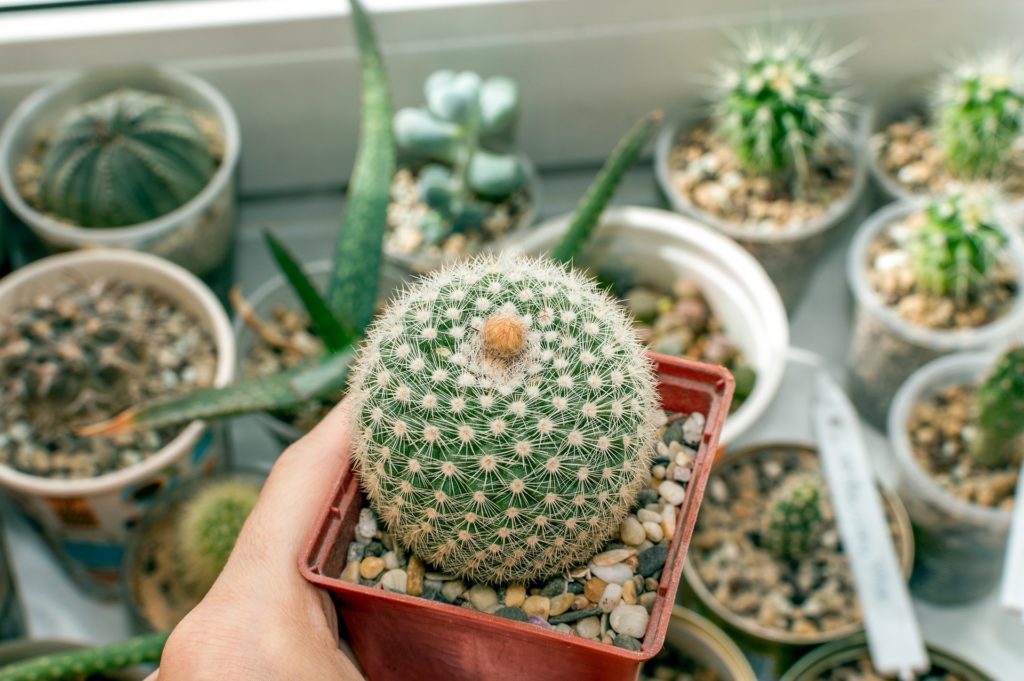
Basic 2: Potting Mix and Drainage
These two works together. You need your plant to have a fast-draining potting mix in a pot with a good hole.
Cacti and succulents are commonly available or given to you already potted, while those bought in online stores come in the mail bare-rooted. Either way, make sure that the soil mix you have is suitable for cacti and succulents.
For the plant to thrive and prosper, it would greatly help to mimic its natural environment. In this case, we’re talking about the habitat of cacti and succulents. More specifically the sandy, gravelly soil from where they came from. Some were even native to rocky crevices and cliff-sides. The gritty soil beneath them allows water to dry out easily despite the heavy rains.
In choosing your potting mix, you could opt for the commercial soils available at your nearest hardware. On a comparison by Mountain Crest Gardens, you’ll find that under the same controlled environment, each soil differs.
But you could always make your own. It’s way cheaper especially if you already have resources at your garden. And it’s a fun way to get yourself more involved in your garden.
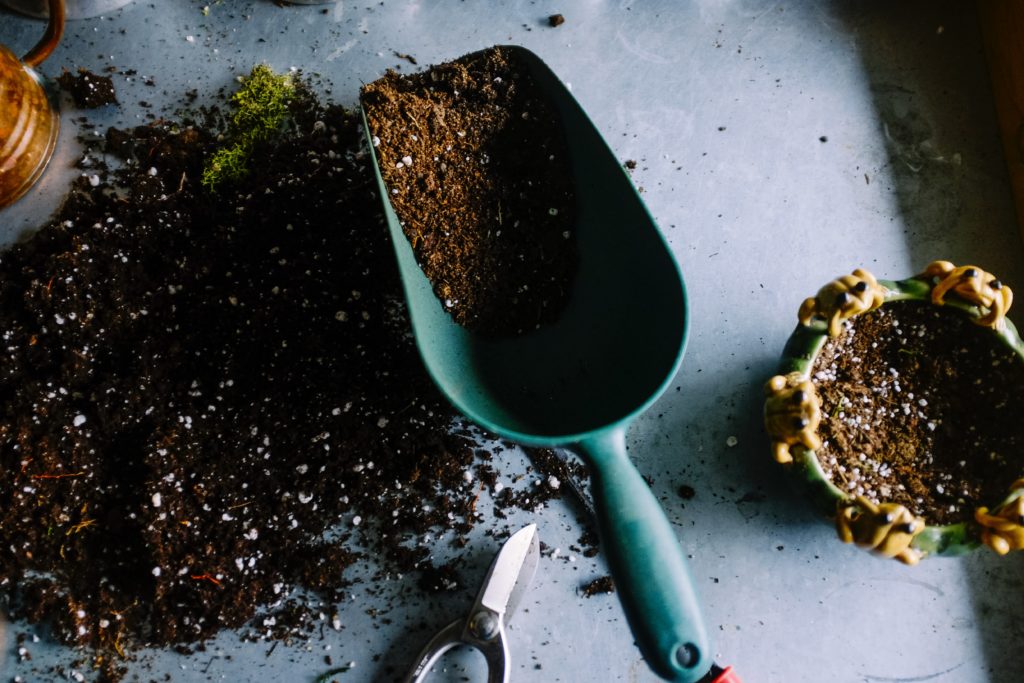
When creating your mix, it is important to keep in mind that the soil should drain very well. There’s no fixed recipe for the ‘perfect’ potting mix because it depends on what’s available in your area and what will fit your need. Plus, not all plants are the same.
Nevertheless, following the ratio of mixing 1/3 organic matter and 2/3 mineral materials works like magic. You could use this as a general formula in making your potting mix.

Organic Materials: Soil, Compost, Vermicast, Cocopeat, Pine Bark, Rice Hull (Fresh or Carbonized)
Mineral Materials: Pumice, Perlite, Coarse Sand, Gravel, Lava Rock
In choosing your ingredients, prioritize what you have. Be resourceful. Some of this could be readily available in your yard, or maybe your friendly neighbour has some. These are cheap materials and could easily be found in the garden store next to you.
Through this activity, you become more engaged with your plants. You could mix and match, pick one from each or combine this and that. Just always keep in mind that the result should be a fast-draining mix and the total volume should be according to the ratio.
Moreover, choosing the right pots for your cactus can make a difference. Here’s a brief comparison:
- Terracotta and ceramic pots are both breathable and works well in indoor or outdoor spots. Though they heat-up when placed in direct sun which could dry out your plant.
- Plastic pots are cheaper and less fragile. But it’s not as breathable compared to terracotta or ceramic.
- Wood pots/containers are kinda out of the ordinary but beautiful. Bad thing is it’s not long-lasting and may split over time.
- Glass containers are breathtakingly beautiful, but they mostly lack drainage holes. Plus, it’s a fragile choice.
- Metal containers are interesting but nope. You’re just giving your plant a slow death. This type either heats up or gets cold easily.
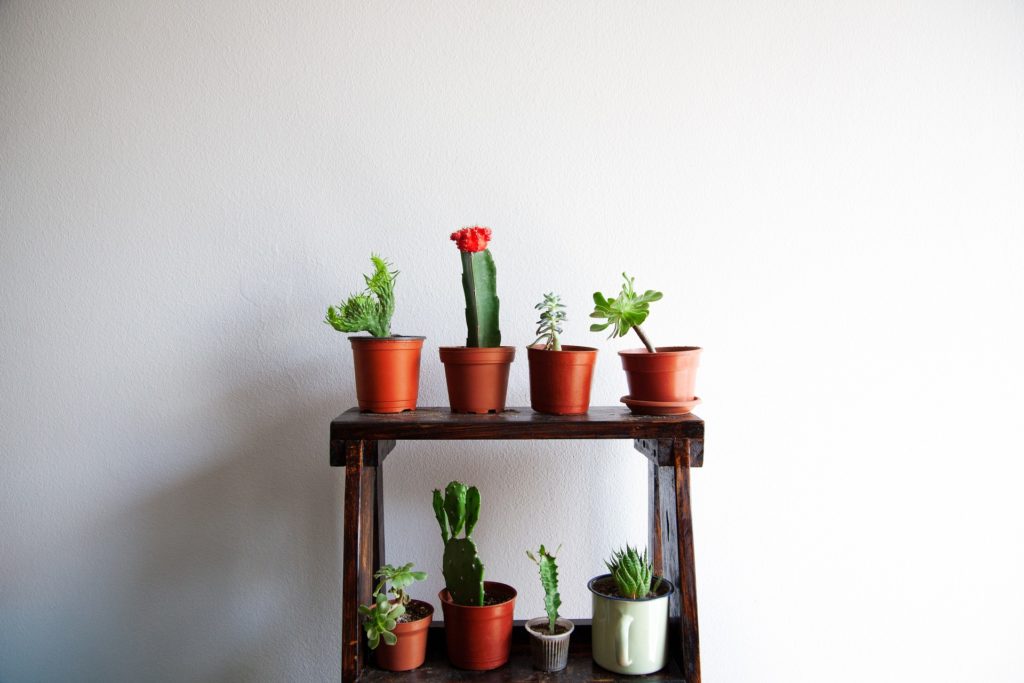
Basic 3: Sun(light)
Here comes the sun, doo-dun-doo-doo~ And you’re all set, now let’s find a good spot for your plant. If you live in a small space, the spot is ideally next to the window. If it’s a south-facing window, then you hit a jackpot. A south-facing window is the best spot for your indoor plants. But if you have west or east-facing windows, make sure that your plant doesn’t catch the direct light of the midday sun.
Similarly, on outdoors, place your cacti and succulents facing the south orientation. The rule of thumb here is to place your cactus in a bright area but not on direct sunlight. We often thought that our plants need lots and lots of sun, so we take it to a spot where it gets plenty. As a result, intense light turns plants into yellow so unless you want a yellow plant, don’t put it directly under the sun indefinitely.
That’s just the start. You’ve got a lot more ahead of you.
🌵🌵🌵🌵🌵 ̿(˘▽˘✿⋆)❤️🌵🌵🌵 ☼
Keep in mind that the best care we could give to our plants is to make them feel at home. Yup, you read that right. Following the basic care tips above will surely make your plant happy. Thus, we are recreating their natural habitat so that they’ll thrive well.
Let me tell you this: taking care of cactus and succulent may seem easy, but there’s more to it. It’s more than just watering them. They are living things, too, that needs our time, love, and attention.
People trample over flowers, yet only to embrace a cactus.
~ James Joyce
Also Read: How To Recycle Leftover Wedding Flowers
Well, what do you think about the article?
Did you enjoy reading “Cactus and Succulent Care Tips for Beginners“? If so, please comment down below. We would love to hear your thoughts about these care tips guide made by a cacti lover.
To see more content like this check the guides section of Money For My Beer.

Lara is a freelance content writer and a cat mom to three furbabies, Mizu, Haru and Sora.
She graduated with a Bachelor’s Degree in Architecture and is a registered and licensed Architect. Aside from writing, she is fond of growing cacti and succulents and is a DIY type of girl.
During her free time, she engages herself in water-colouring and crocheting, while catching-up with an old tv series she just discovered. Lara loves to explore new places, but most of the time stays in her hometown province, reading historical romance novels over a cup of coffee – or matcha.

